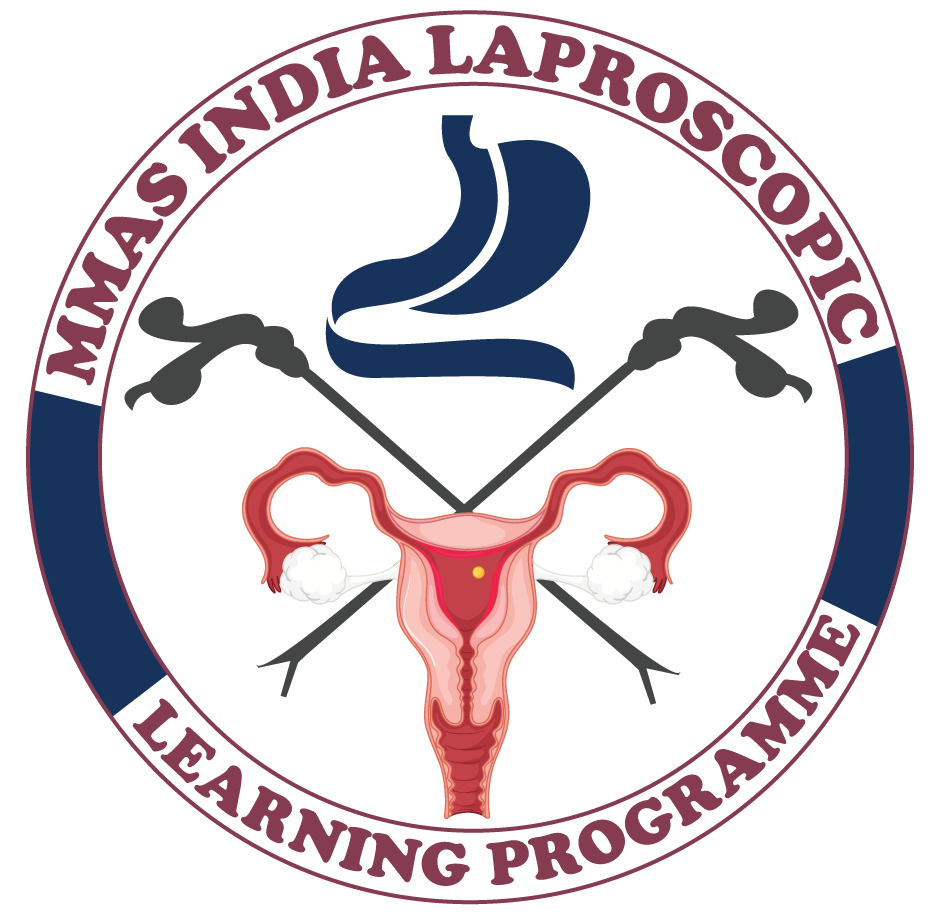Navigating Women’s Health A Comprehensive Guide to Hysterectomy Options.
Women’s health is a complex and deeply personal journey, and at times, medical interventions are necessary to address specific conditions. One such intervention is a hysterectomy, a surgical procedure involving the removal of the uterus. In this comprehensive guide, we will explore the different options for hysterectomy, specifically comparing abdominal and vaginal approaches, and delve into the factors that women should consider when making decisions about their reproductive health.
Understanding the Need for Hysterectomy: A hysterectomy may be recommended for various reasons, including:
- Uterine Conditions: Conditions such as uterine fibroids, endometriosis, or chronic pelvic pain may necessitate the removal of the uterus to alleviate symptoms and improve overall health.
- Cancer: In cases of uterine, cervical, or ovarian cancer, a hysterectomy may be a crucial part of the treatment plan to remove cancerous tissues.
- Reproductive Health Choices: In certain situations, women may choose to undergo a hysterectomy as a form of contraception or to address reproductive health concerns.
Comparing Abdominal and Vaginal Hysterectomy
- Abdominal Hysterectomy
- Procedure: In this approach, the uterus is removed through an incision made in the abdominal wall, allowing for a clear view of the pelvic organs.
- Indications: Abdominal hysterectomy is often chosen when the uterus is enlarged, and a comprehensive examination of the pelvic area is required.
- Recovery: Recovery from abdominal hysterectomy typically takes longer, with a longer hospital stay and a gradual return to normal activities over several weeks.
- Vaginal Hysterectomy
- Procedure: Vaginal hysterectomy involves removing the uterus through the vaginal canal, avoiding external abdominal incisions.
- Indications: This approach is suitable for cases where the uterus is of a normal size, and there are no complicating factors requiring abdominal surgery.
- Recovery: Recovery from vaginal hysterectomy is generally faster, with a shorter hospital stay, and most women can resume normal activities within a few weeks.
Factors to Consider
- Medical Condition: The nature and severity of the underlying medical condition play a significant role in determining the most suitable type of hysterectomy.
- Reproductive Goals: Consideration of future reproductive goals is essential, as some hysterectomy procedures may impact fertility.
- Overall Health: Women should consider their overall health, lifestyle, and personal preferences when choosing between abdominal and vaginal hysterectomy.
- Emotional Well-being: The emotional and psychological aspects of undergoing a hysterectomy should not be overlooked. Open communication with healthcare providers and support systems is crucial.
To Know More About It Please Click Here
Conclusion: Navigating the options for hysterectomy requires careful consideration of individual health needs, reproductive goals, and personal preferences. Women are encouraged to engage in open and honest conversations with their healthcare providers to make informed decisions tailored to their unique circumstances. By understanding the nuances of abdominal and vaginal hysterectomy options, women can confidently navigate their journey toward better reproductive health and overall well-being.








